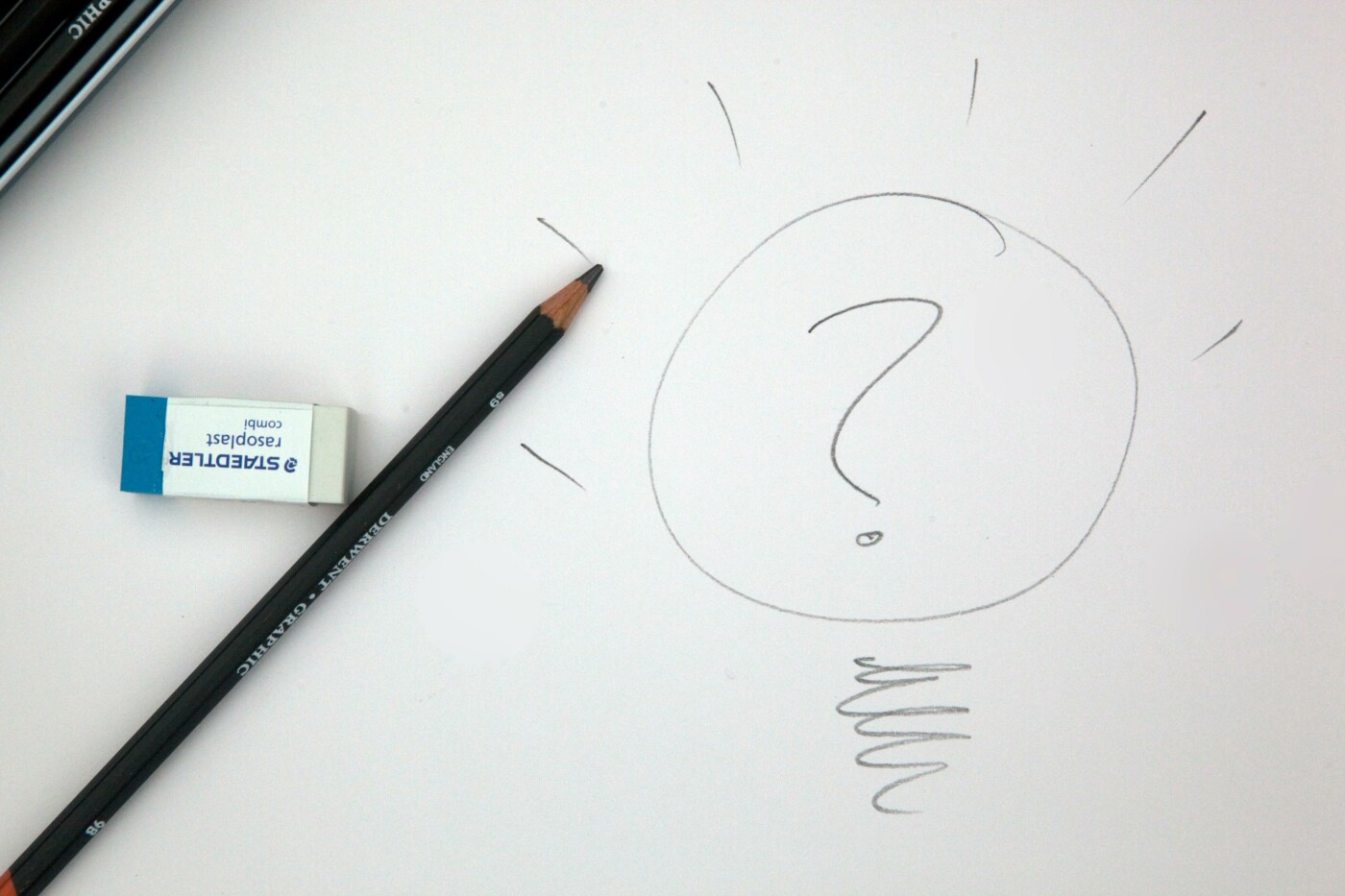
What is Osterwalder's business model?
Osterwalder's Business Model Canvas is a strategic management tool used to describe business models for new or existing businesses. It is a diagram of 9 blocks describing different business processes of the organization.
The model was created by Alexander Osterwalder and Yves Pigne. They gave a detailed description of the scheme in the book “Alexander Osterwalder & Yves Pigneur: The Business Model Generation”.
Operating firms use the model to search for new growth points, analyze competitors, and identify best business development practices. There is a misconception that the tool is used in startups and small firms, but in fact it is used by such "giants" as IBM, Ericsson, Deloitte and many others.
At the planning stage of a startup, the use of Canvas is difficult. Filling in all the blocks is possible when suppliers and partners are found, distribution channels are identified and costs are calculated.
The creators of the tool (Osterwalder and Pinier) in their scientific work recommend that entrepreneurs do not confine themselves to compiling one model. To find the best option, ask yourself difficult questions, take into account the various scenarios for the development of the company, and then you can choose the best business model that will have a positive effect on business development.
What needs to be done before building business models?
Before creating your first business model, do the following:
- . , , . , : . , .
- . — , . .
- . , , , . , .
- Think over and form an advertising strategy, select product promotion tools and methods of competition. Think about a marketing strategy: how to promote a product on the market, to whom to sell (your target audience), what competitive advantages should customers pay attention to bypass competitors, etc.
Simply put, before drawing up Osterwalder's first business models, there should be at least a minimum plan for the development of the company: the main line of business, the range of products, marketing strategy, etc.
Canvas will help reveal strategic ideas and find new growth points. If you make a plan without knowing the business, there will be no sense.
How to fill in Osterwalder's business model?

The model consists of 9 blocks:
- Consumer segments.
- Value propositions.
- Sales channels.
- Customer relations.
- Revenue streams.
- Key resources.
- Key activities.
- Key partners.
- Cost structure.
Next, we consider in detail the principles of filling blocks in this sequence.
Customer Segments
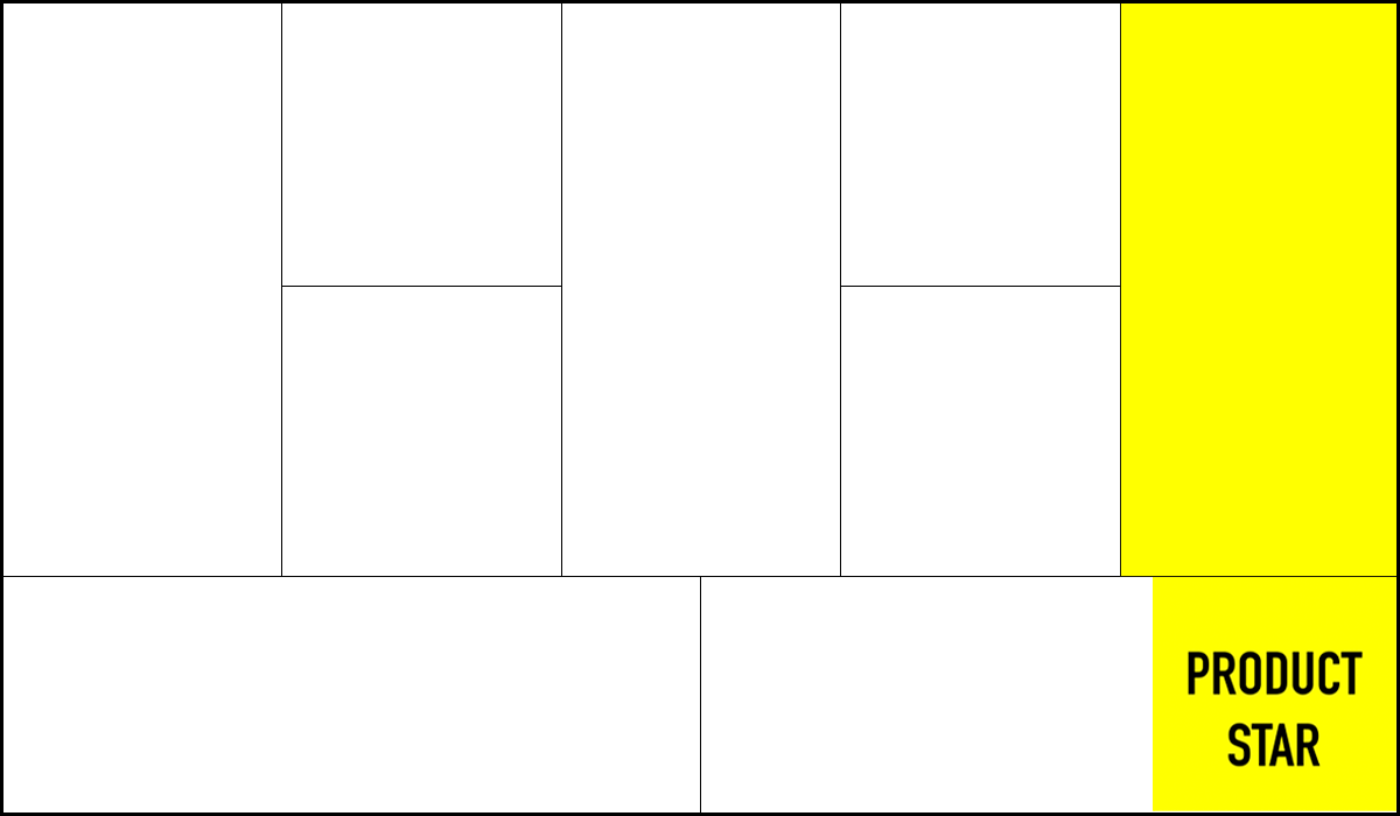
A segment is a group of people with a common problem or need. In this block, describe all the segments on which the company's activities are focused. The success of advertising campaigns in the future depends on the accuracy of determining segments.
For example, you sell accounting software. Segment - accountants in commercial organizations. In this case, the advertising campaign will be successful. But if you make a mistake and define managers as a segment, you will get low conversion and a lost advertising budget.
Answers to questions will help in filling out the block:
- ( , ..)?
- ?
- ?
- ?
(Value propositions)
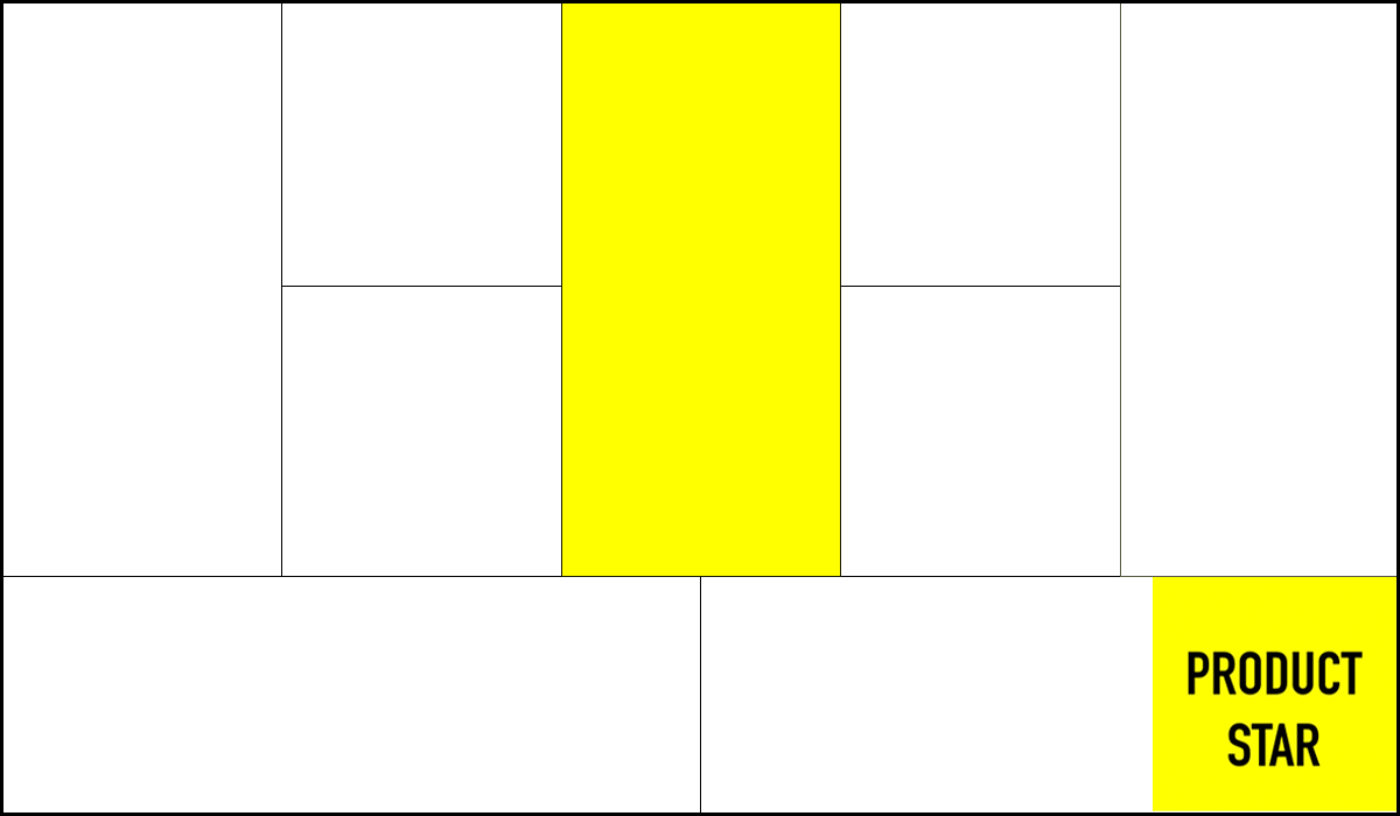
Determine why consumers should buy your product (product, service) and not contact a competitor. The value proposition should solve some problem of the client or cover one of the needs. As a rule, it is a collection of goods or services for a particular segment.
Think about what your product's greatest value to consumers is. If there are problems with this, contact the audience, let them tell you what specific problems they managed to solve after the purchase / order. In general, the task is to determine why you are better than your competitors.
In filling out the block, answers to questions will help:
- What value do we provide to consumers?
- What problems do we help them solve?
- What needs do we satisfy?
- What does a product / product / service consist of?
Channels
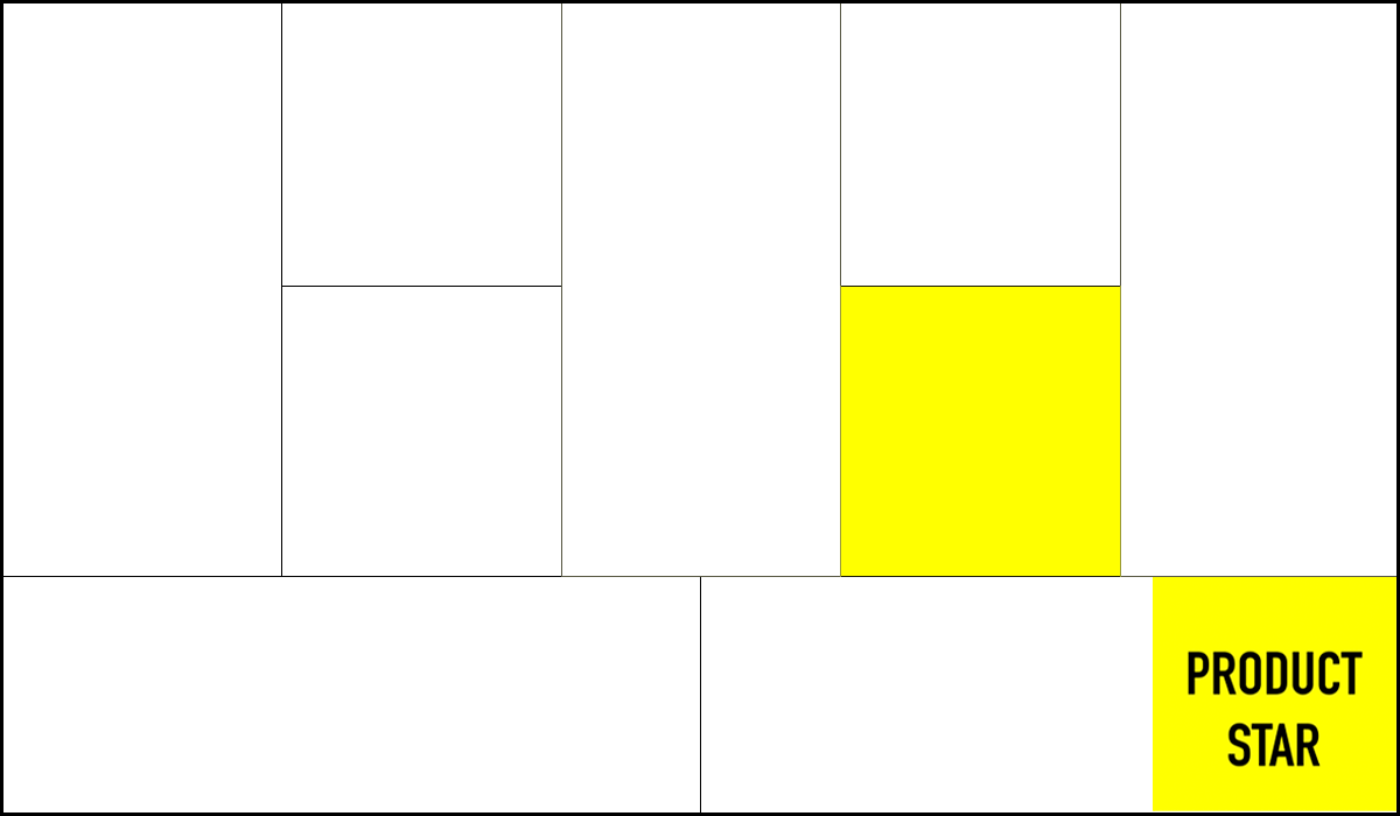
Distribution channels - points of contact with consumers. These include everything from informing to after-sales service. If you find it difficult to fill out the block, use the template distribution channels:
- Informing. How is the value proposition communicated to the consumer?
- Rating. How is the product positioned against competitors?
- Sale. How is the sale going?
- Delivery and adaptation. What are the methods of delivery to the client and the formation of the first positive impression of the product?
- Service. How is the after-sales service provided?
All distribution channels are very important. Do not think that contact with the customer ends on the sale. Continuously “touch” him after a trade to encourage him to buy again. But for this to work, you will have to plan at least these 5 distribution channels.
Answers to questions will help in filling out the block:
- What communication channels will allow us to communicate with our customers?
- How do we interact with them now?
- Which ones are the most effective?
- Which are the most beneficial?
Customer Relationships
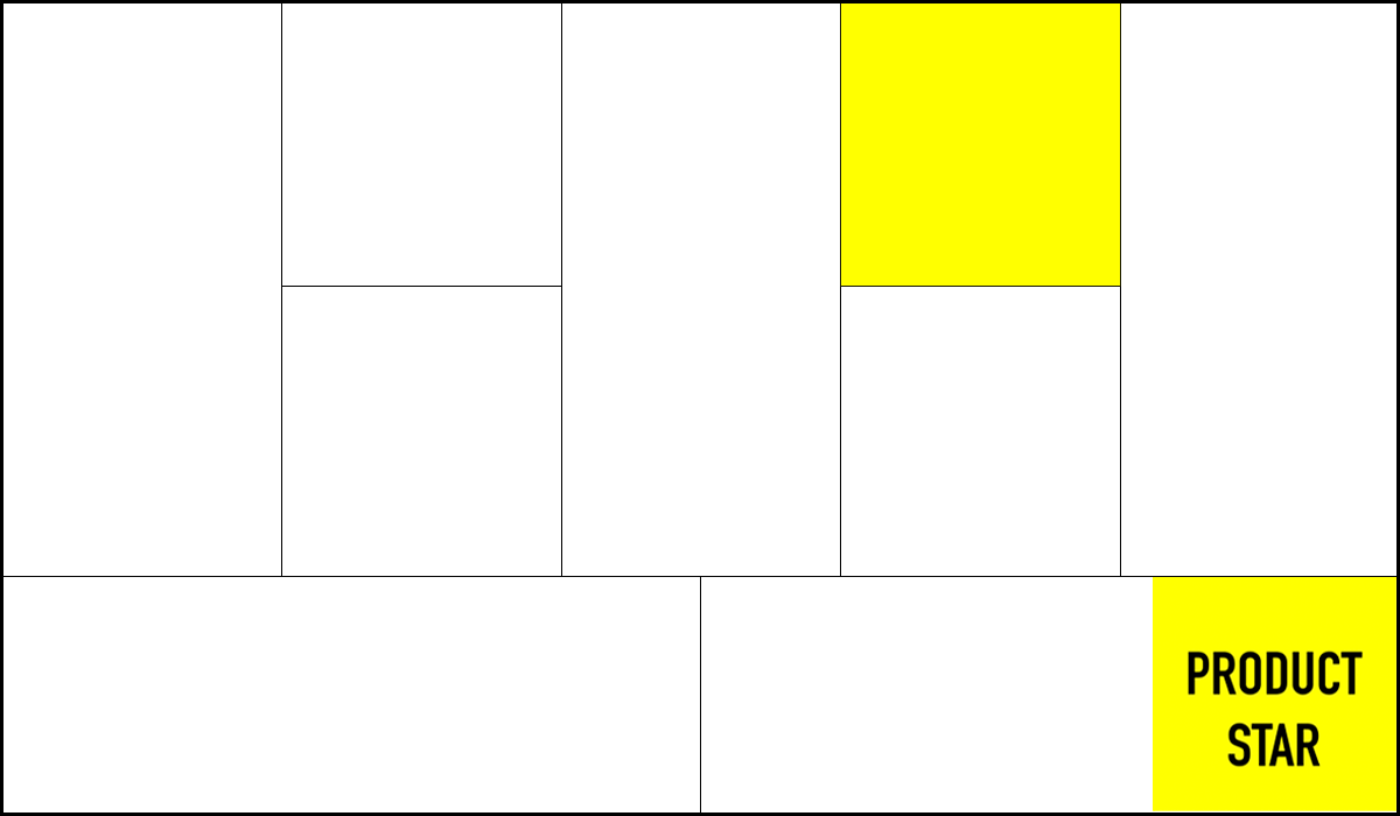
Customer Relations - Methods of interacting with consumers. Think about how you communicate with your target audience? And do you build at all? There are several types of customer relationships:
- personal support;
- self-service;
- free or shareware use;
- co-creation;
- individual or group training.
Before filling out the block, also think about what tasks the business is currently facing? Depending on this, customer relationships can develop in several scenarios:
- Attraction for a one-time sale (for example, a car dealership).
- Holding for regular collaboration (e.g. maintenance service).
- Classification for working with consumers of a certain type (for example, drivers of SUVs or sports cars).
That is, first define the current tasks, and then think about the type of customer relationship and how to interact with them.
Answers to questions will help in filling out the block:
- What kind of relationship are customers looking for?
- What kind of relationship is there now?
- Why did the relationship become so?
- Are they aligned with the current business model?
Revenue streams
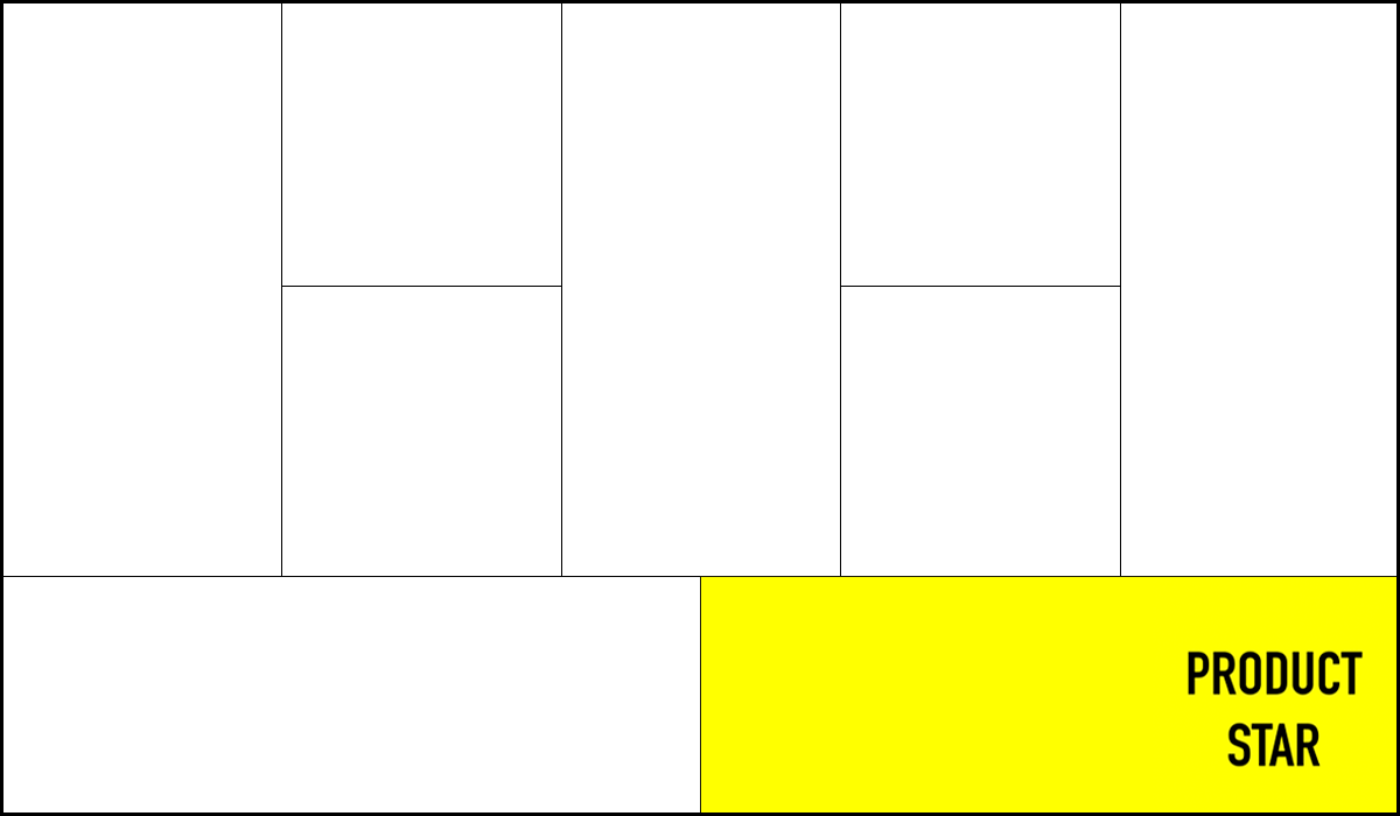
In this section, describe how the business makes money. There are several ways to generate income streams:
- Sale of goods. The most popular source of income for companies. It comes down to the sale of goods / products to the final consumer, dealer networks, etc.
- Service usage fee. The client uses the service and pays for time or volume. For example, the creation of a site in accordance with the statement of work. The organization determines the required amount of time to complete the order, based on this, the final cost is formed.
- Payment subscription. A fixed fee for using something over a period of time. For example, a monthly subscription for access to an online movie theater.
- . . , - . , .
- . .
- . . , 3% , .
- . . , .
The revenue streams described have their own pricing mechanisms that are directly related to the value proposition.
In filling out the block, answers to questions will help:
- What are customers willing to pay for?
- What are they paying for now?
- How do they pay?
- How would they rather pay?
- What part of the total profit does each stream bring?
Key resources

Describe the assets needed to operate and scale the business model. These should be resources that help to convey a value proposition to customers, keep in touch with them and profit from activities.
For each asset allocated, specify the sources of receipt: acquisition of property, lease, borrowing from partners, etc.
Focus on 4 popular asset categories:
- . — , , , , ..
- . — , , , , ..
- . — , , , , , .. , , , .
- . — , , ..
:
- ? ? ?
(Key activities)
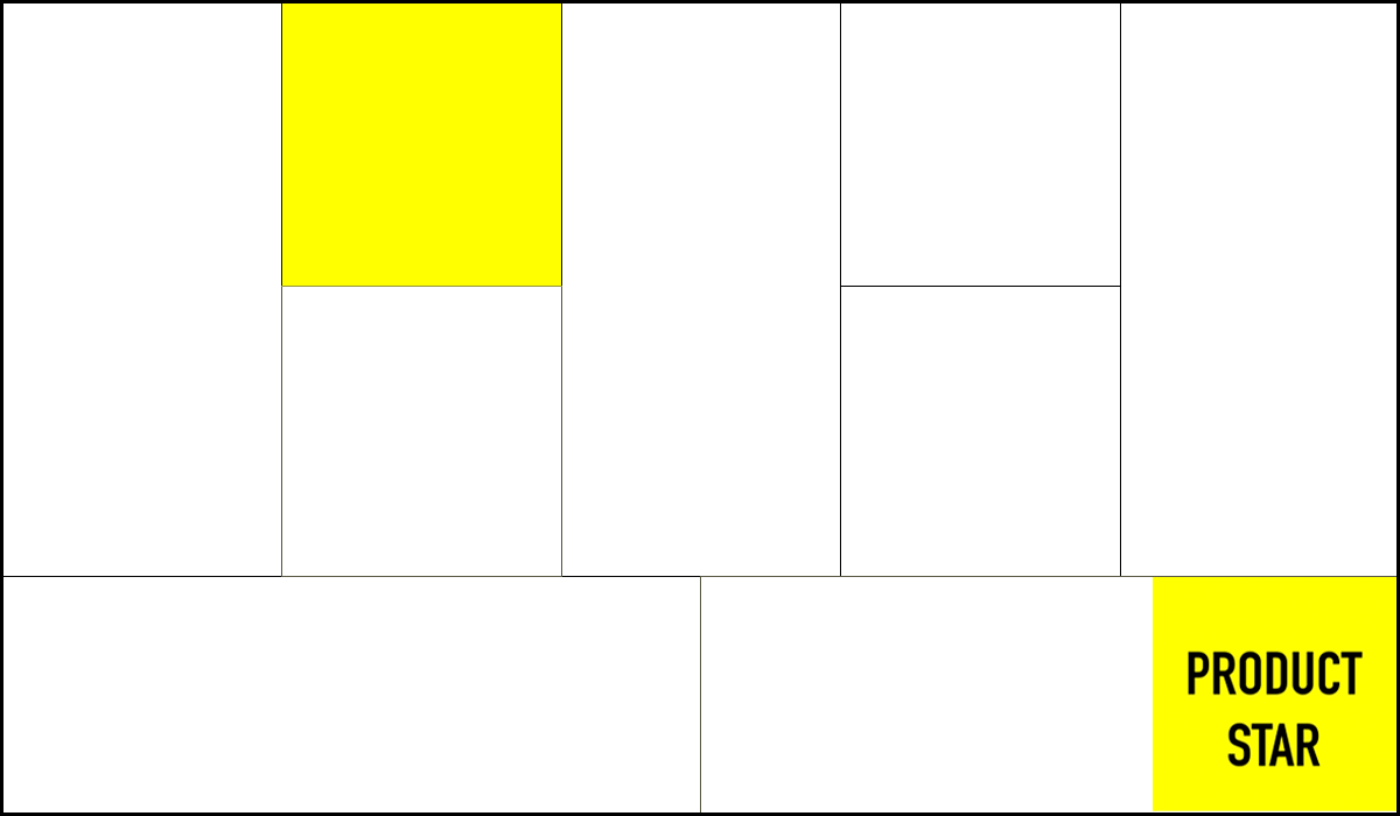
In the last block, you described the materials used to create value propositions - answered the question "what?" Now think about and describe the main work carried out to implement the value propositions - answer the question "how?" In other words, describe the business operations.
Let's simplify the task by describing the classifications of the main activities:
- Production. If you produce any product, describe in detail the procedures for purchasing raw materials, logistics to the place of production, ensuring the smooth operation of equipment, and quality control of the final product.
- . - , , , , , , .
- . , , , , , .
:
- ?
- ?
- ?
(Key partners)
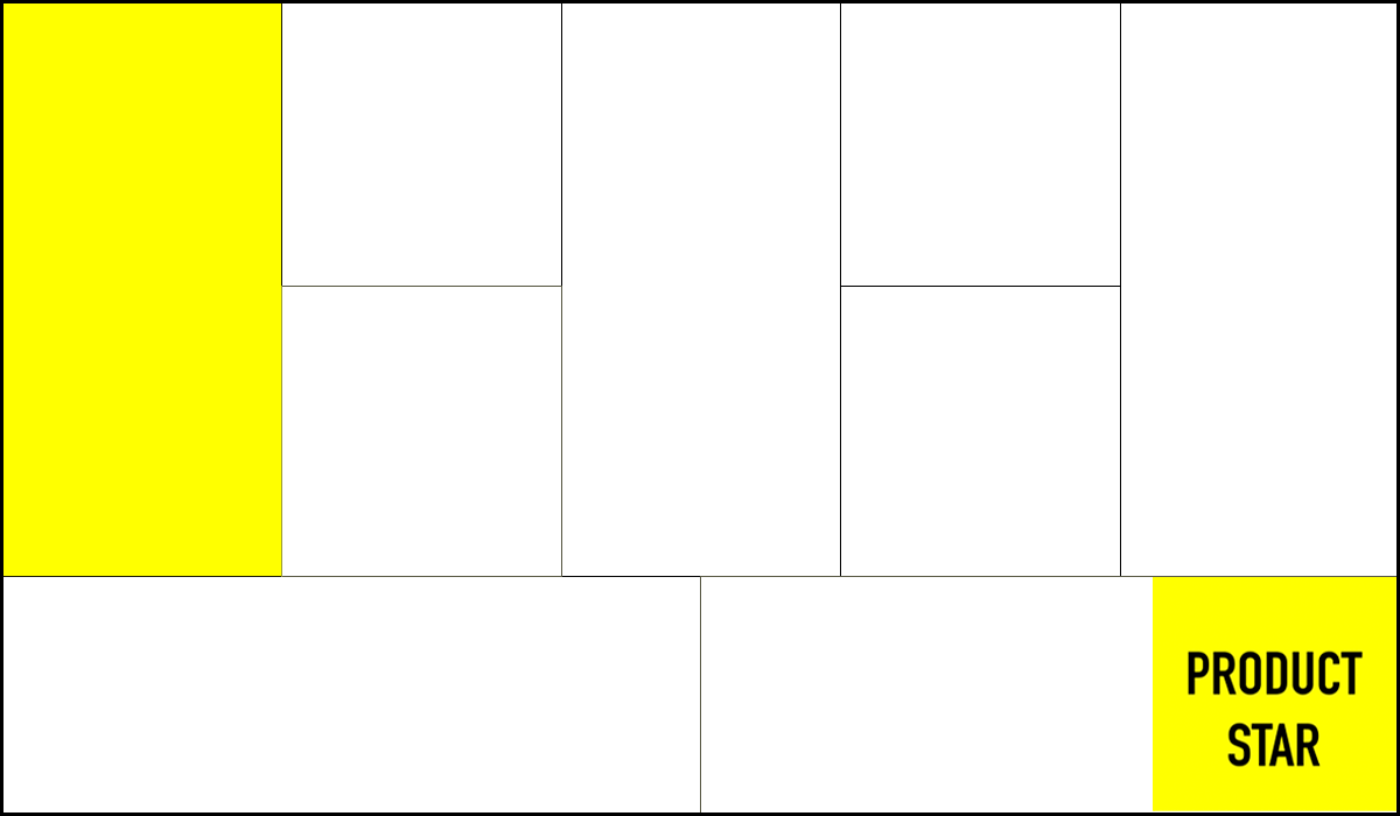
Everything is simple here - list the companies with which you collaborate on an ongoing basis to create a value proposition. The bread producer has flour suppliers, the game studio has a developmental school for developers, and the online accounting department has a board of accountants to verify the correct operation of the service.
Simply put, the partners are third-party companies that supply the missing or non-core parts of the business model.
Answers to questions will help in filling out the block:
- What partnerships help reduce risks?
- Who can become our supplier?
- What types of activities can be transferred to partners without compromising on quality?
Cost structure

The last block is very important. You must take into account all the costs that the company incurs when creating value propositions. Complete the block based on previously identified resources, core activities, and partners.
Additionally, divide the costs into fixed (which does not depend on the volume of production) and fixed (which depends on the volume of production).
Answers to questions will help in filling out the block:
- What are the important costs we incur to produce the product?
- What resources are most expensive for us?
- What are the most expensive activities?
Osterwalder’s business model gives a general idea of the business: what we do, who we sell, how much we spend, where we get profit, etc. The tool is popular for its simplicity. One page, 9 blocks - no special knowledge of strategic planning is required to complete the table. Generalized information makes it clear where there are problems, what is not worth working with, and what, on the contrary, can be improved.
One final tip: don't fill out the model alone. Get together as a team, discuss, draw conclusions. If possible, attract users, conduct surveys, ask questions directly, etc. This way you will get as much information as possible and be able to use the completed table for the development of the company.